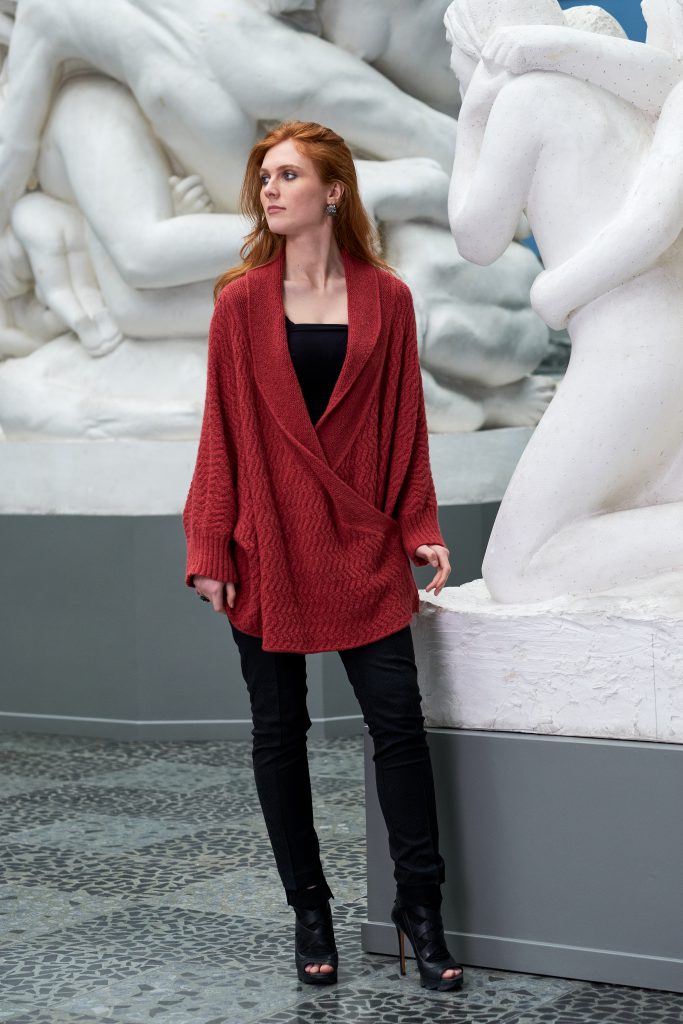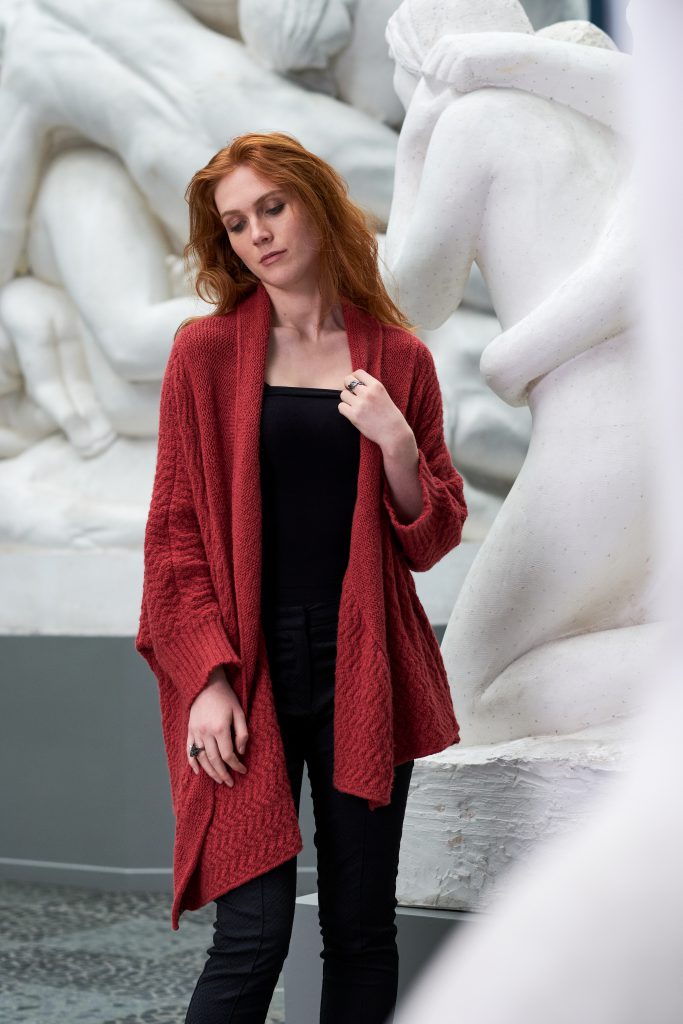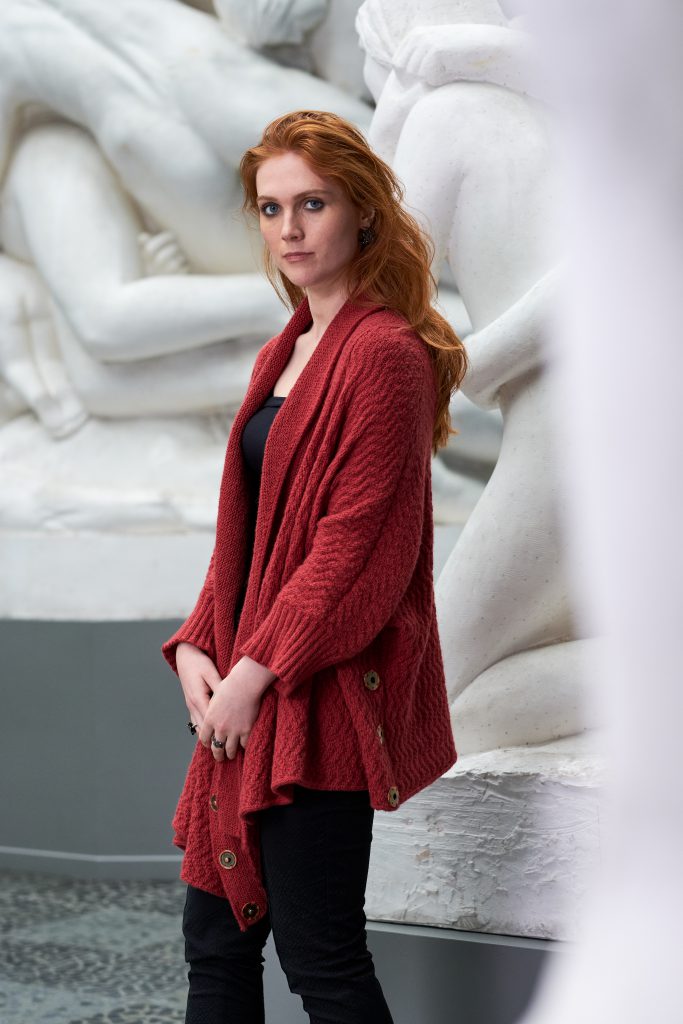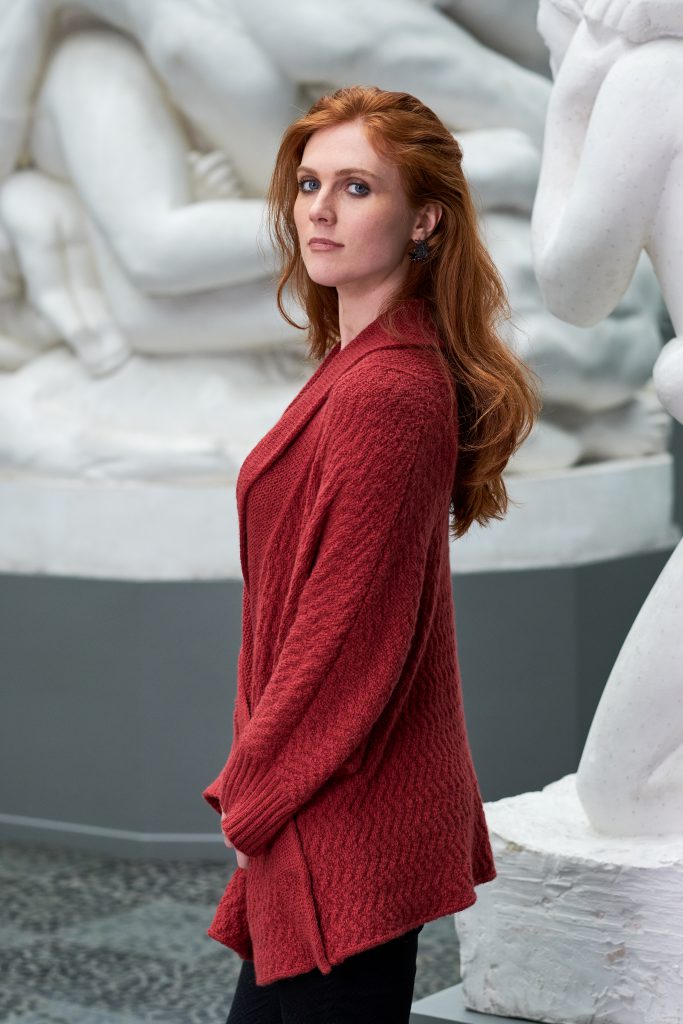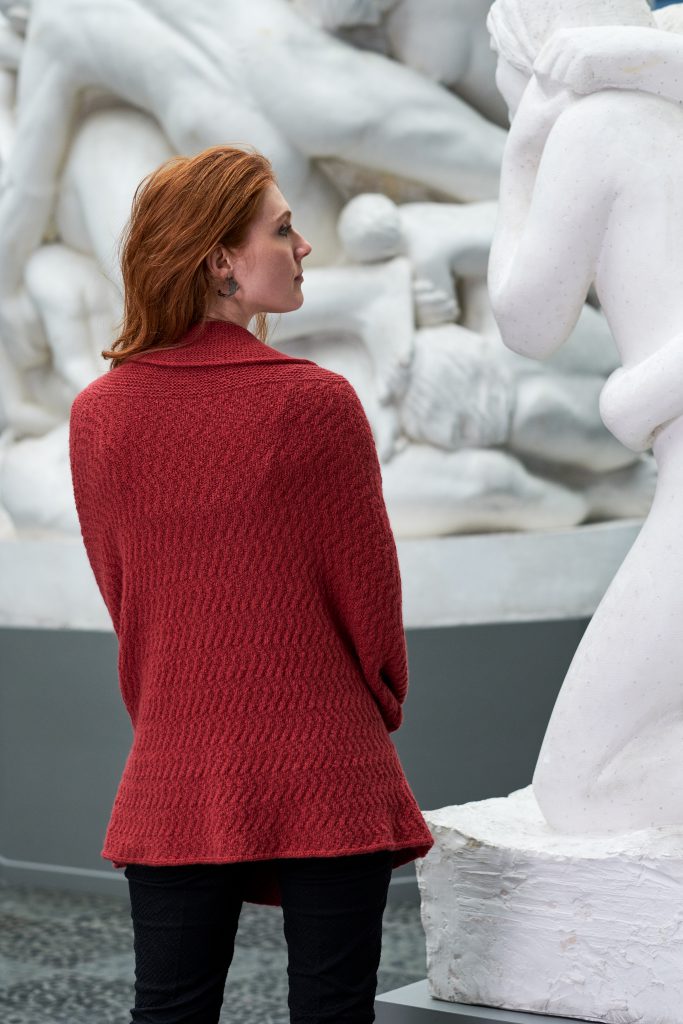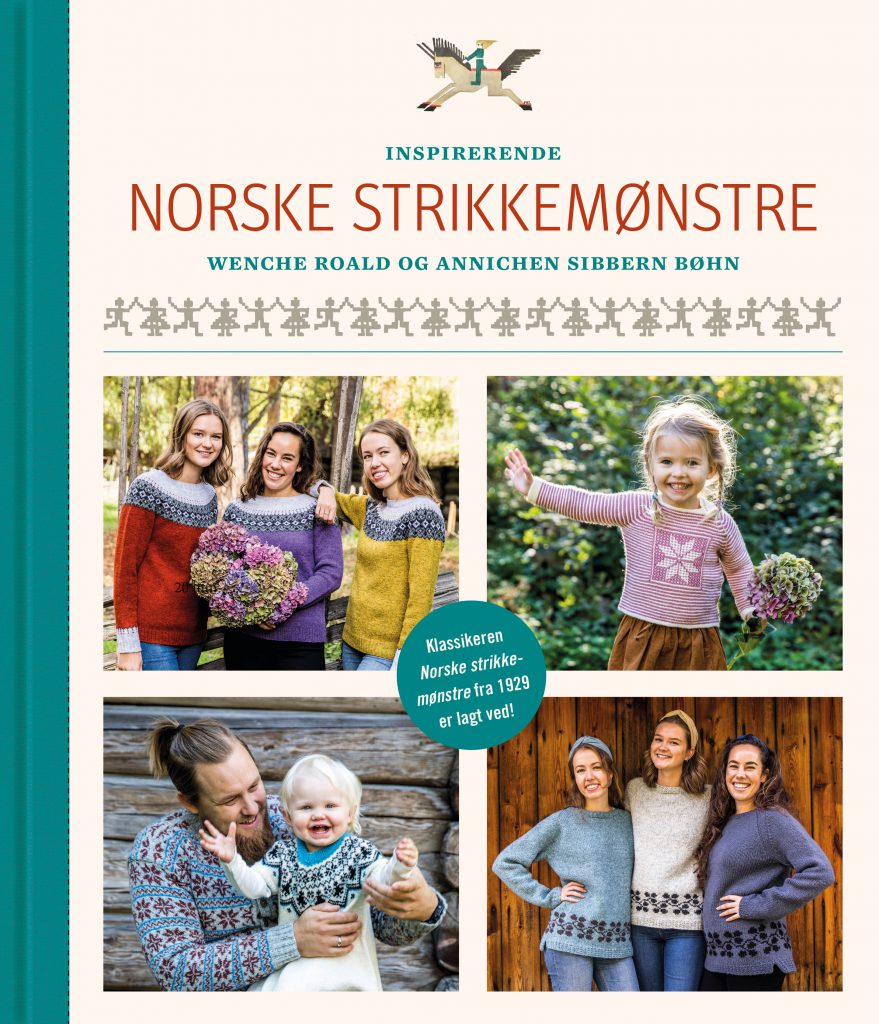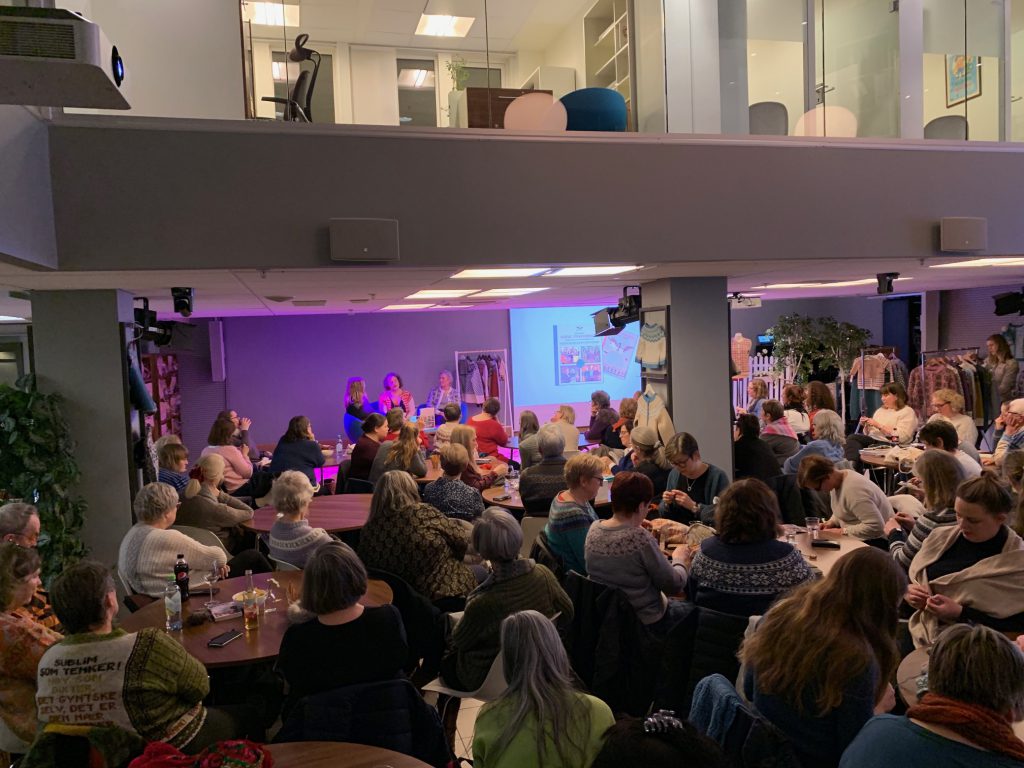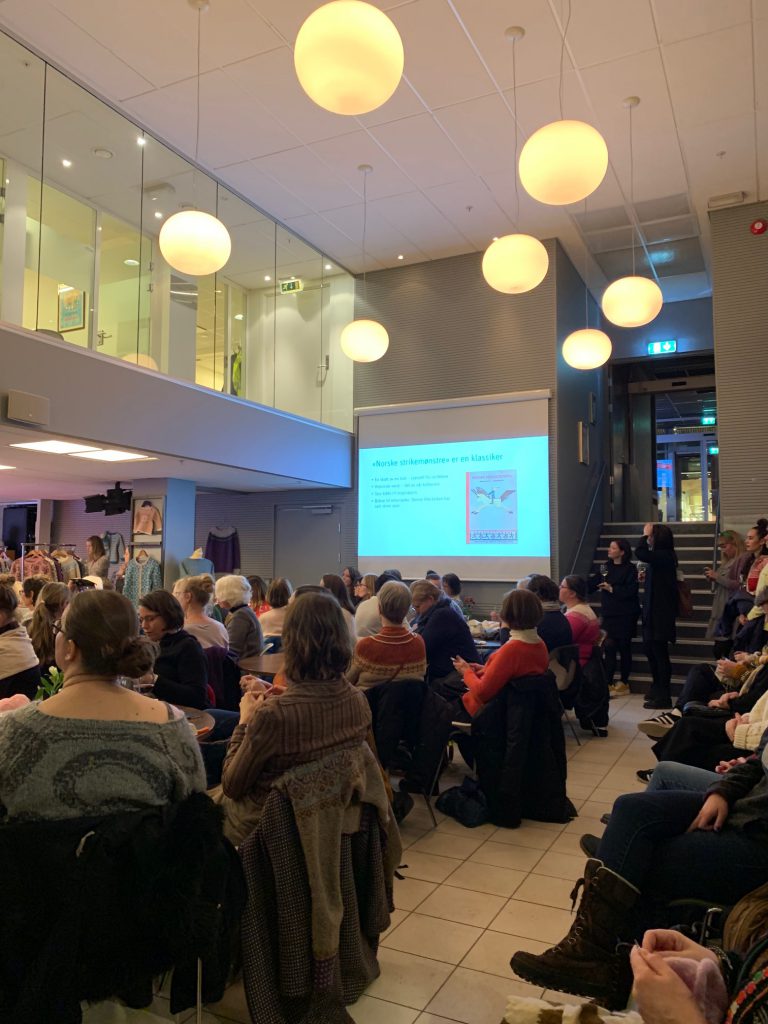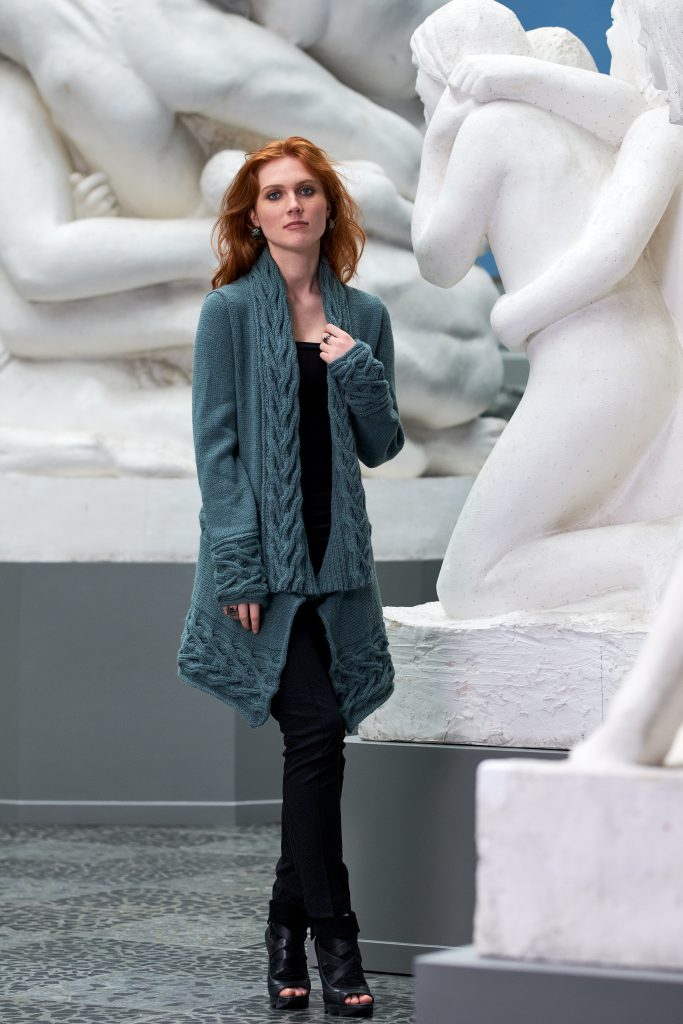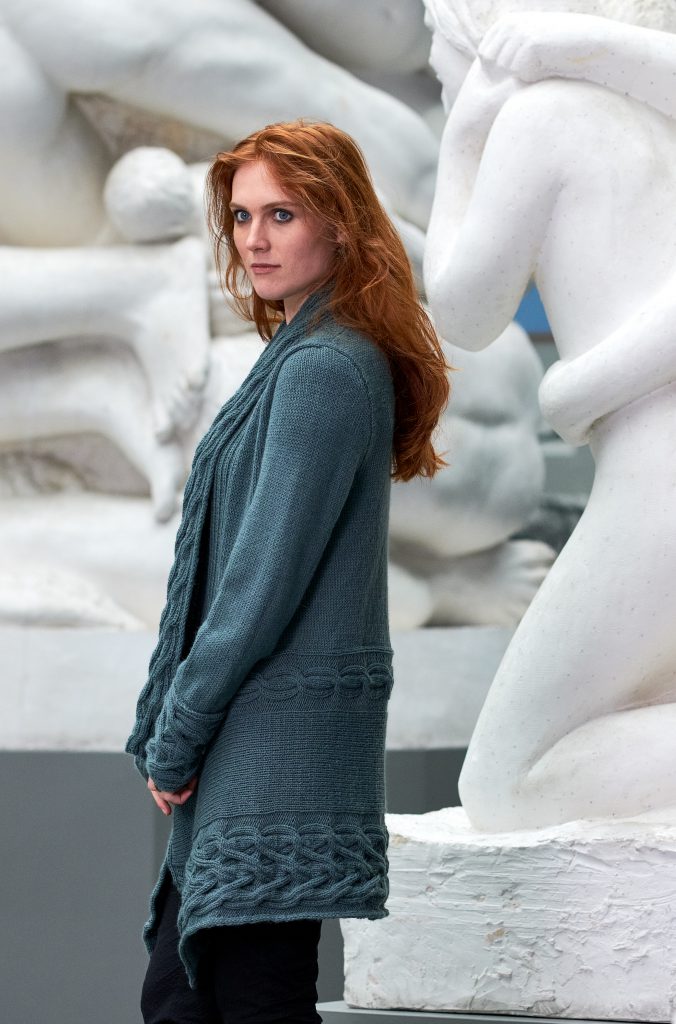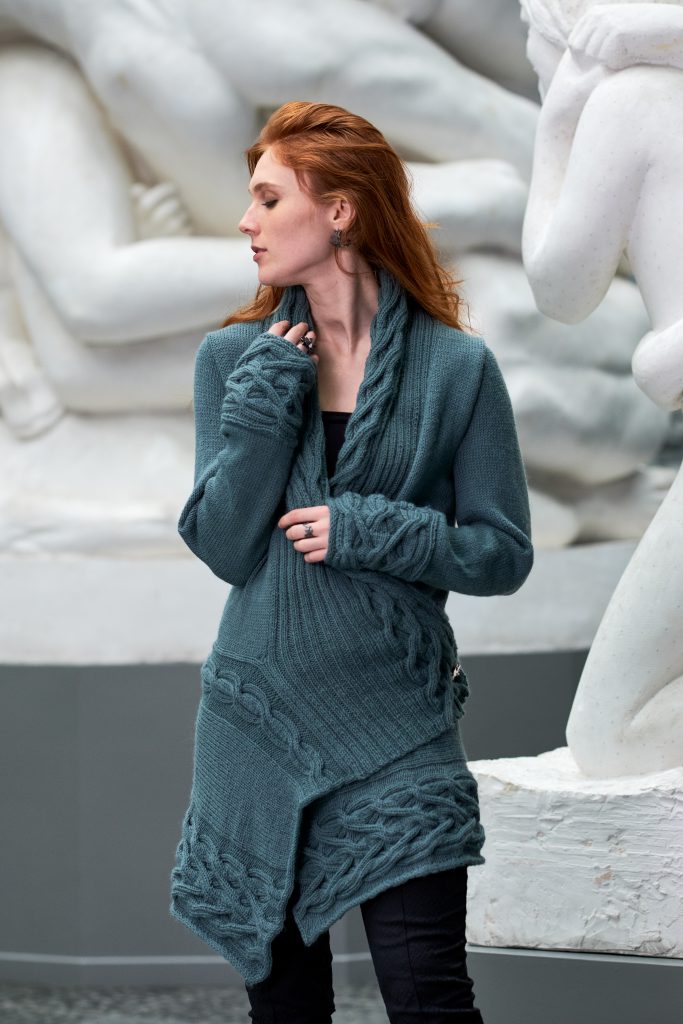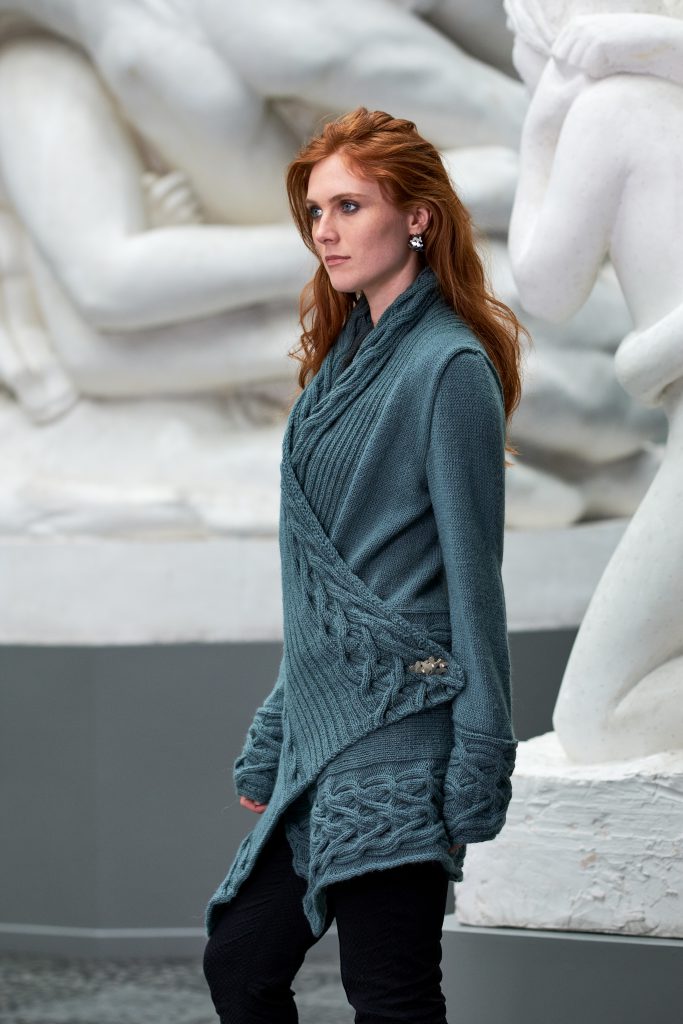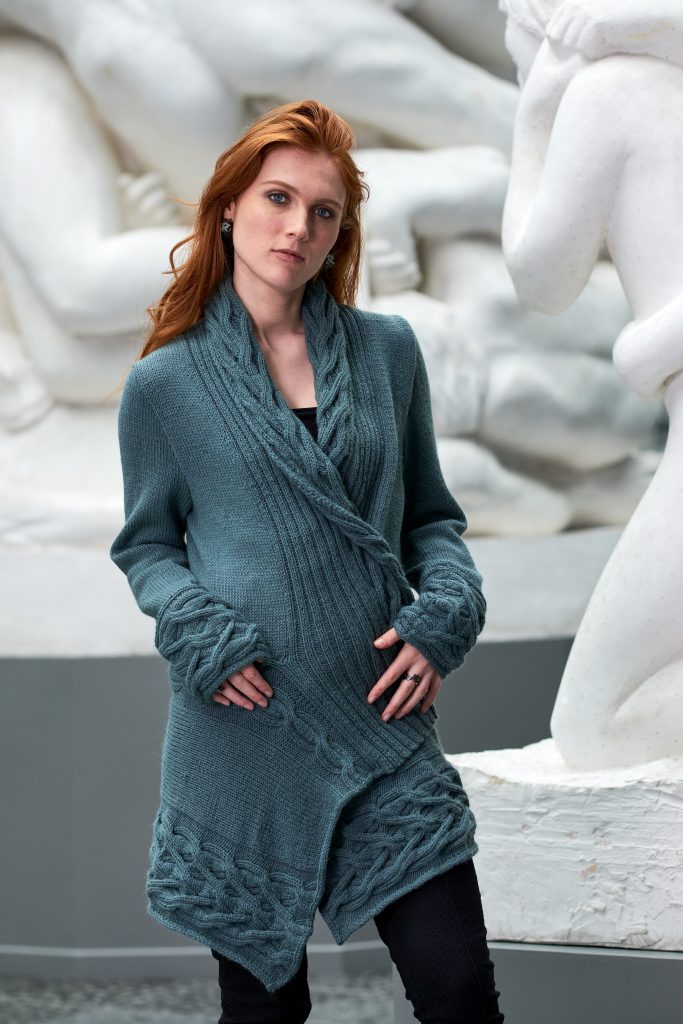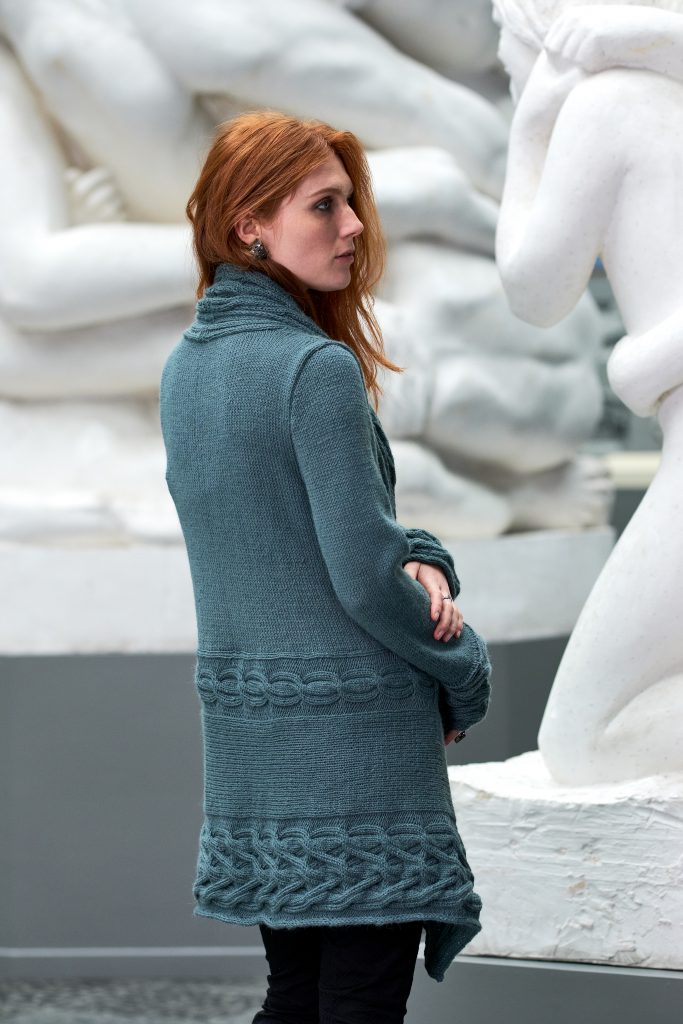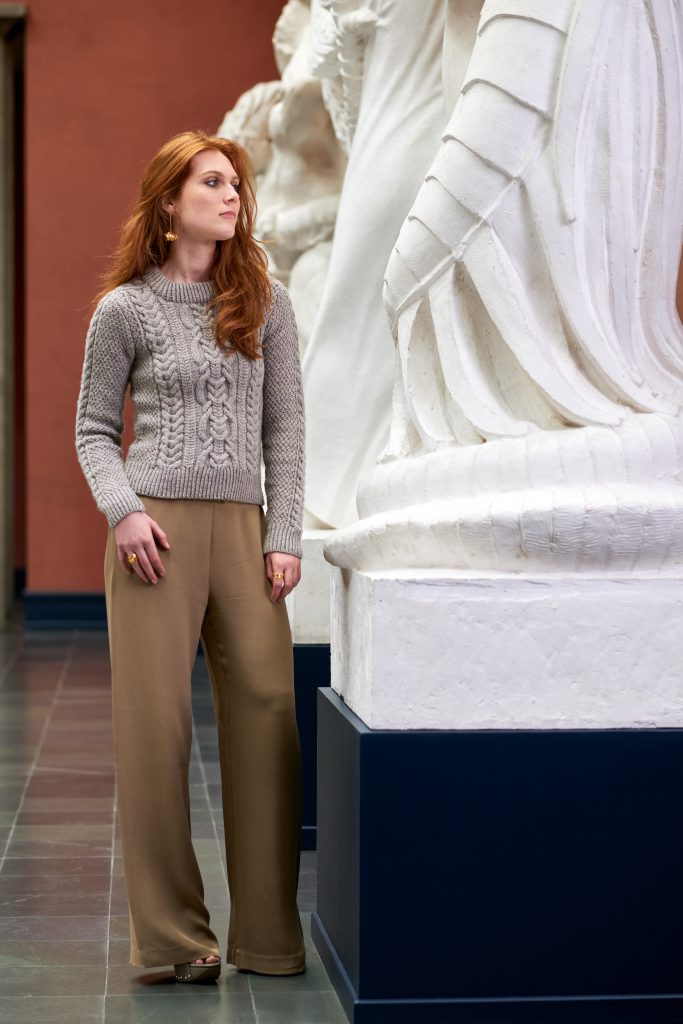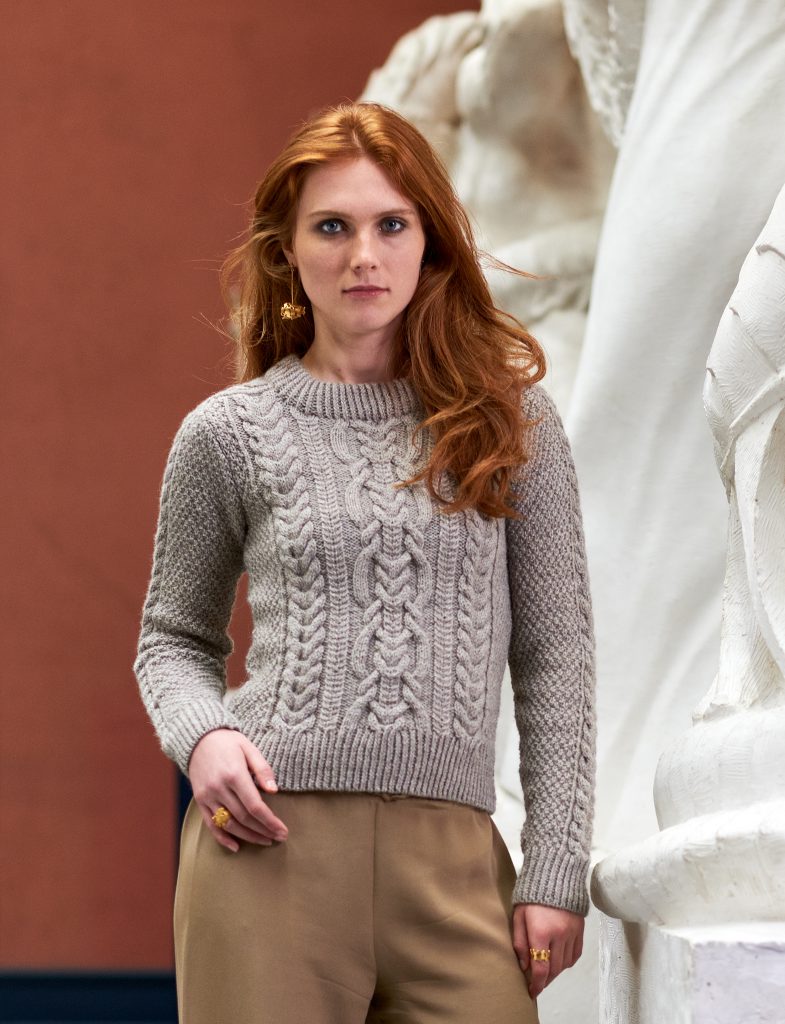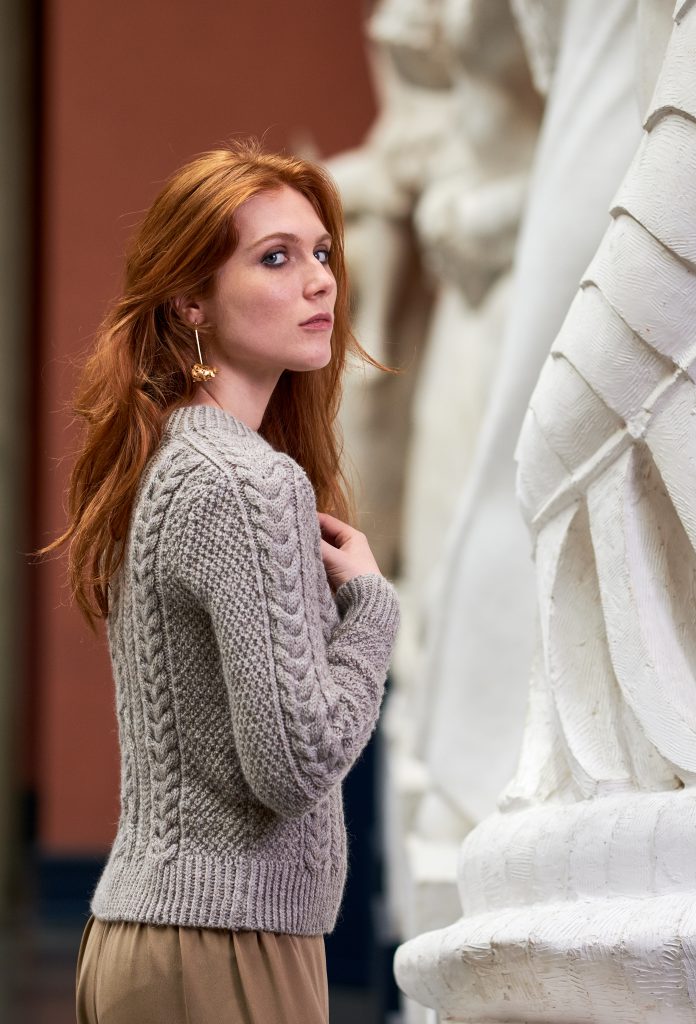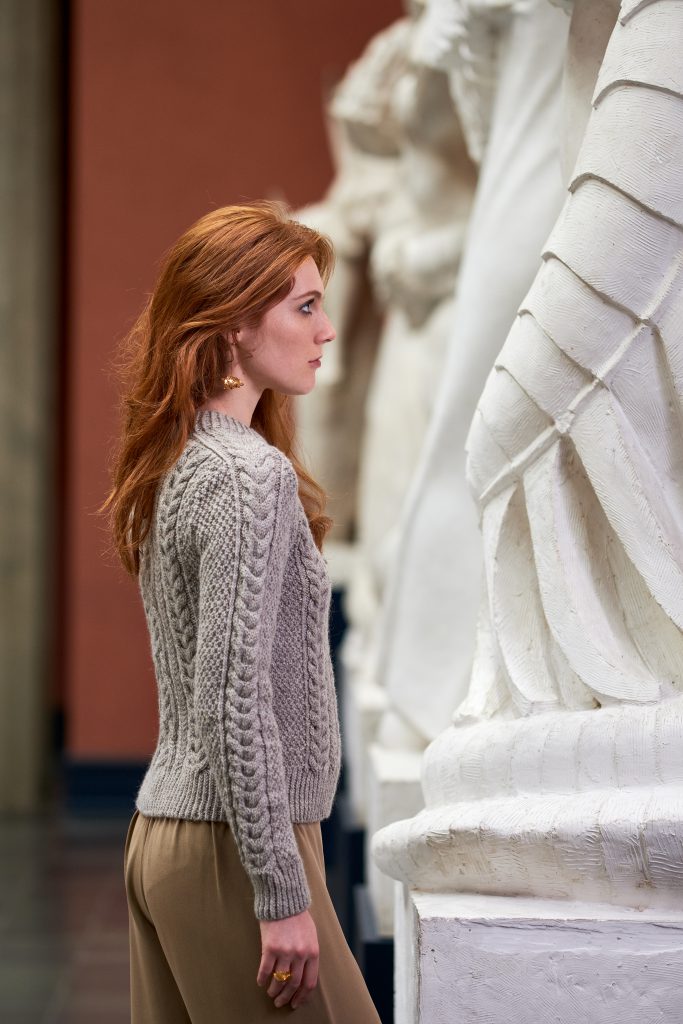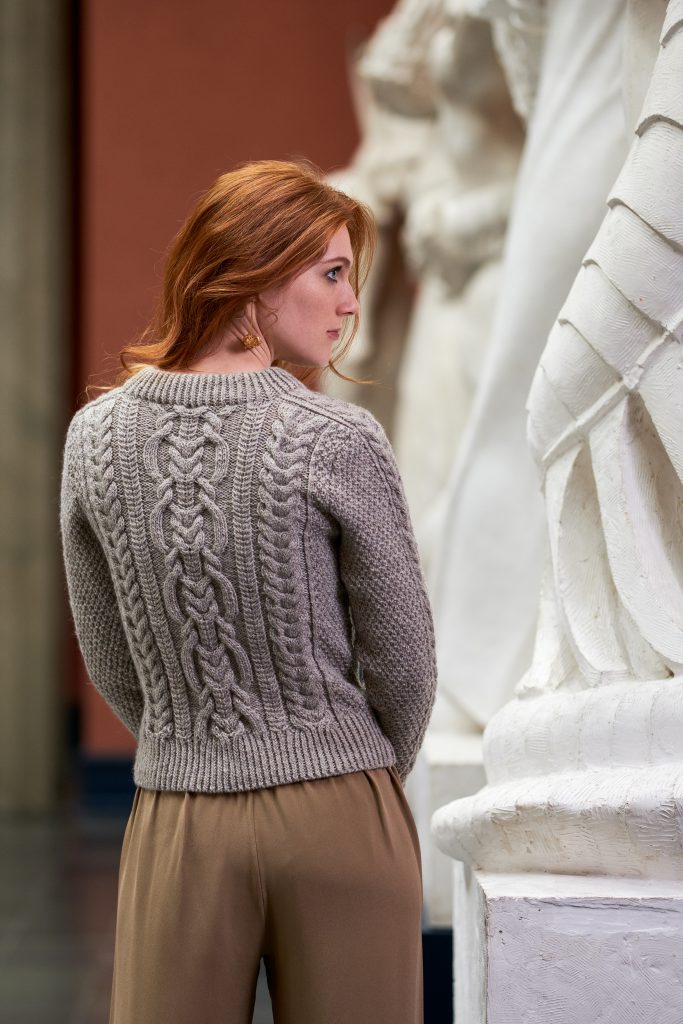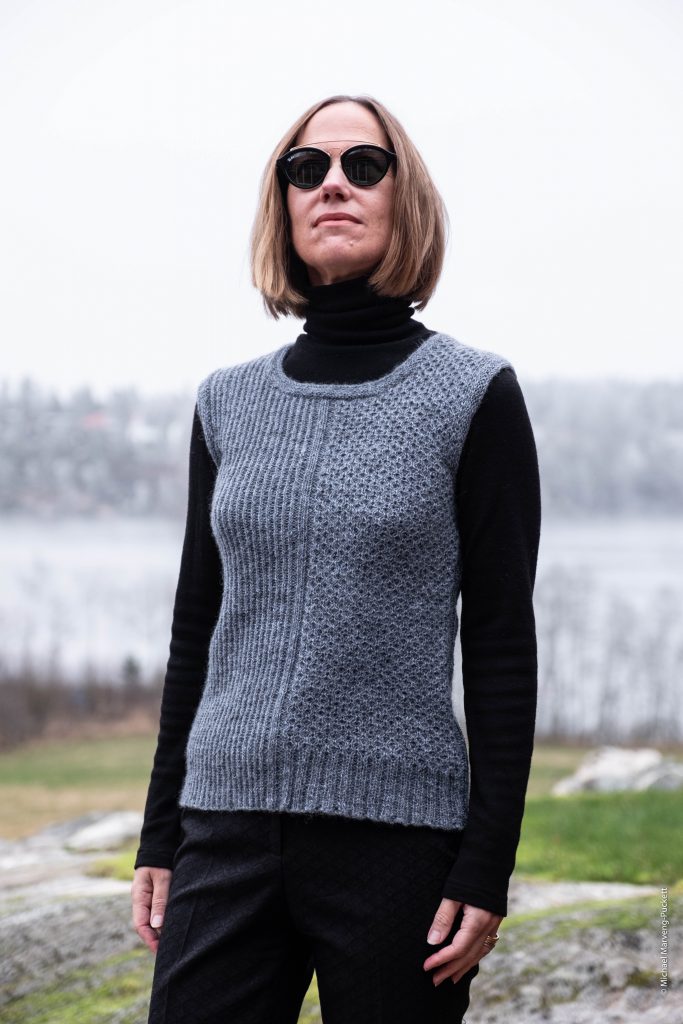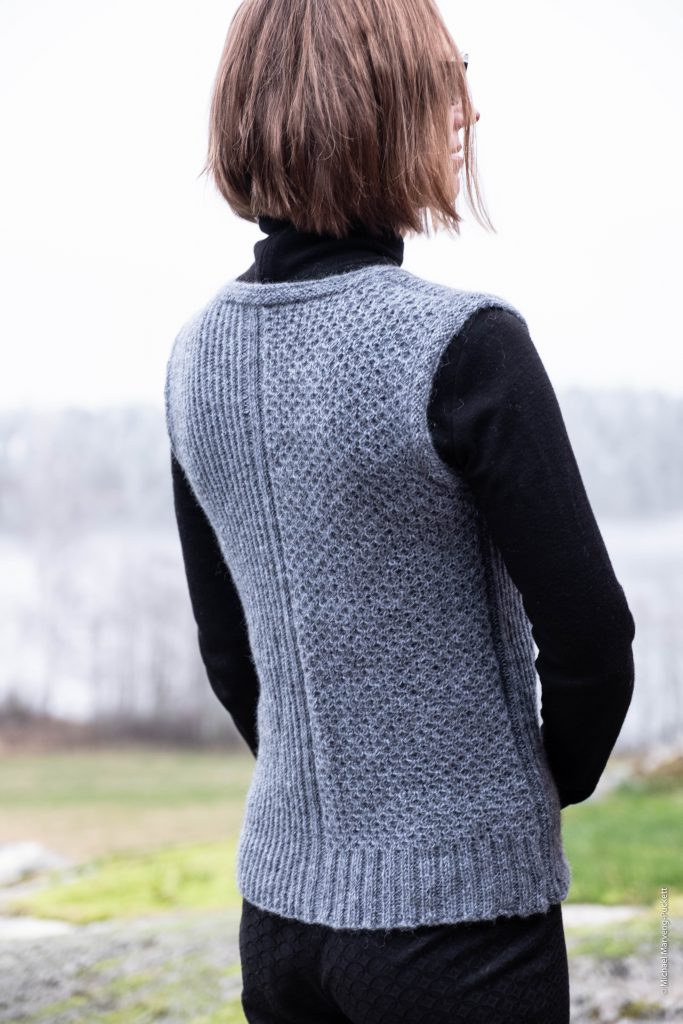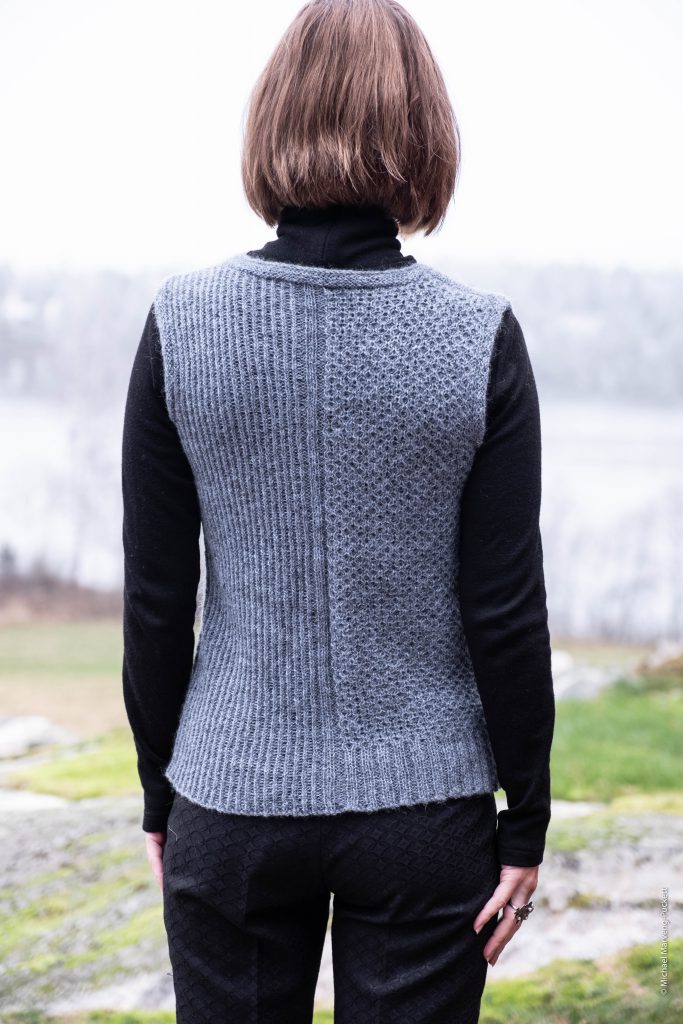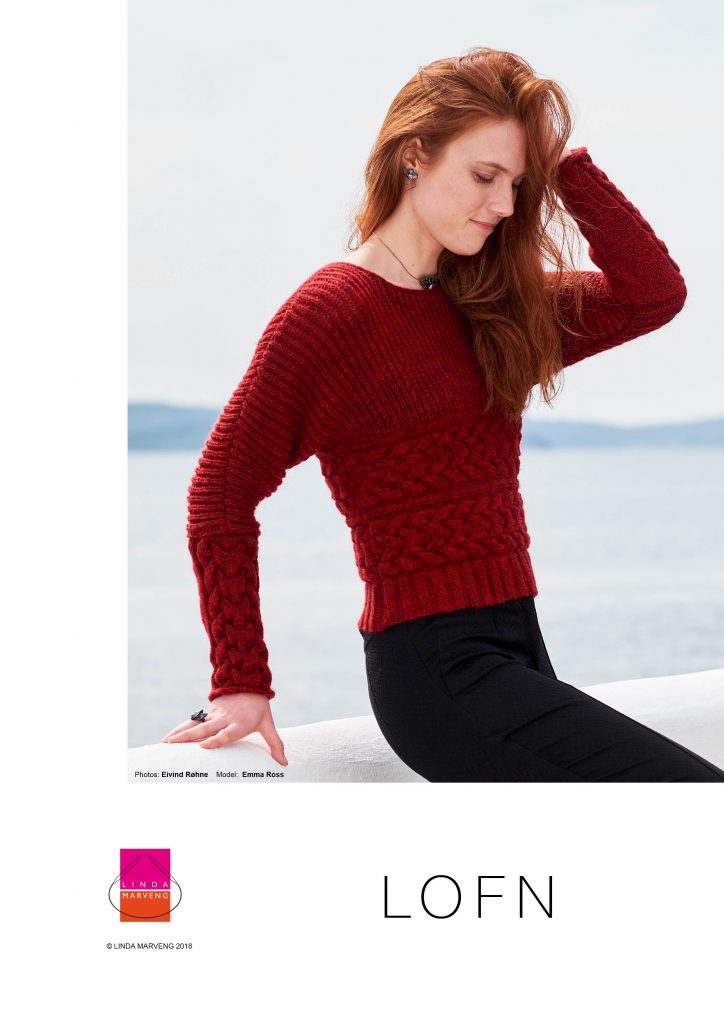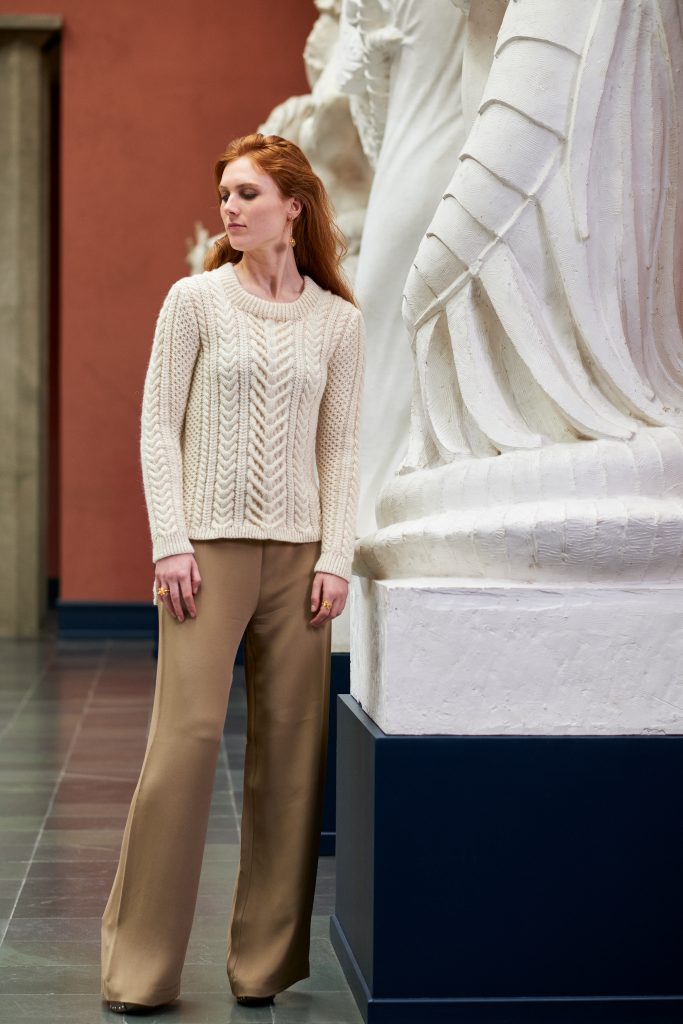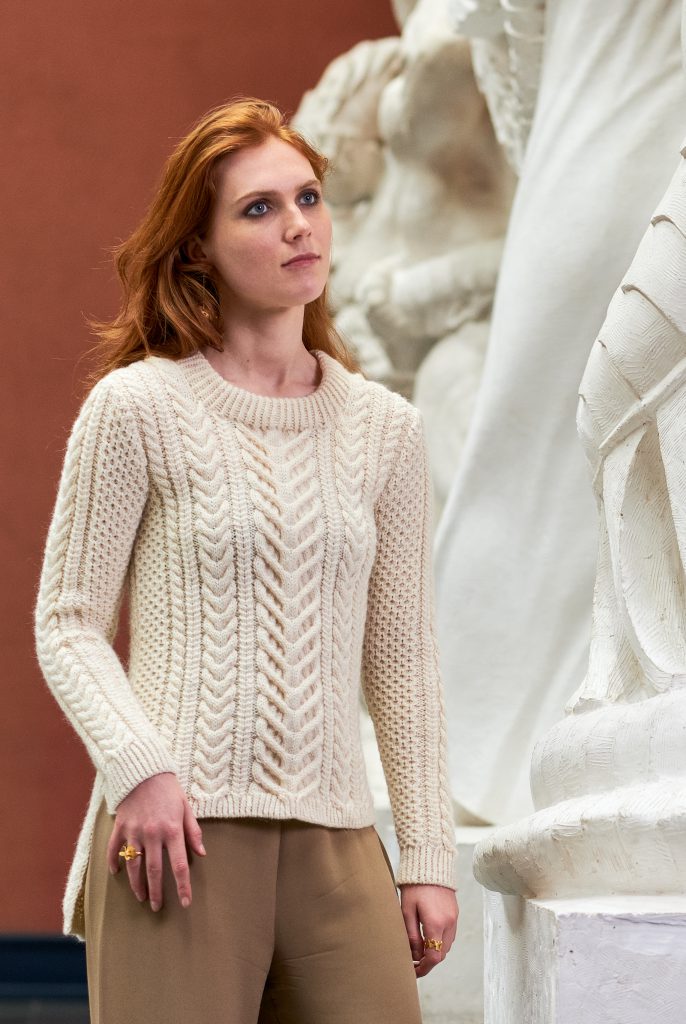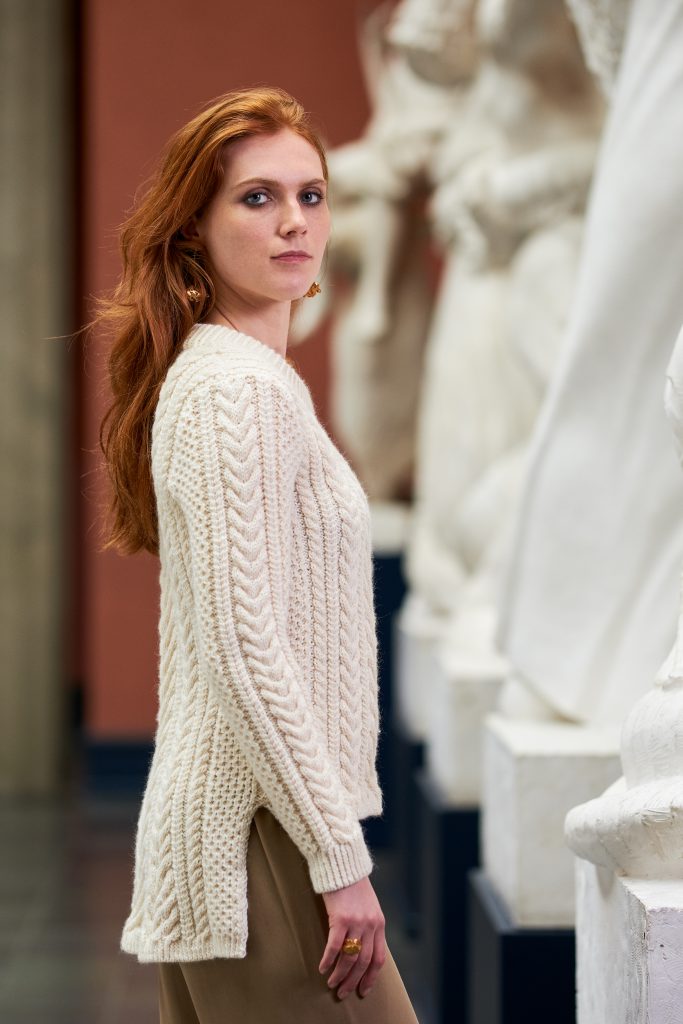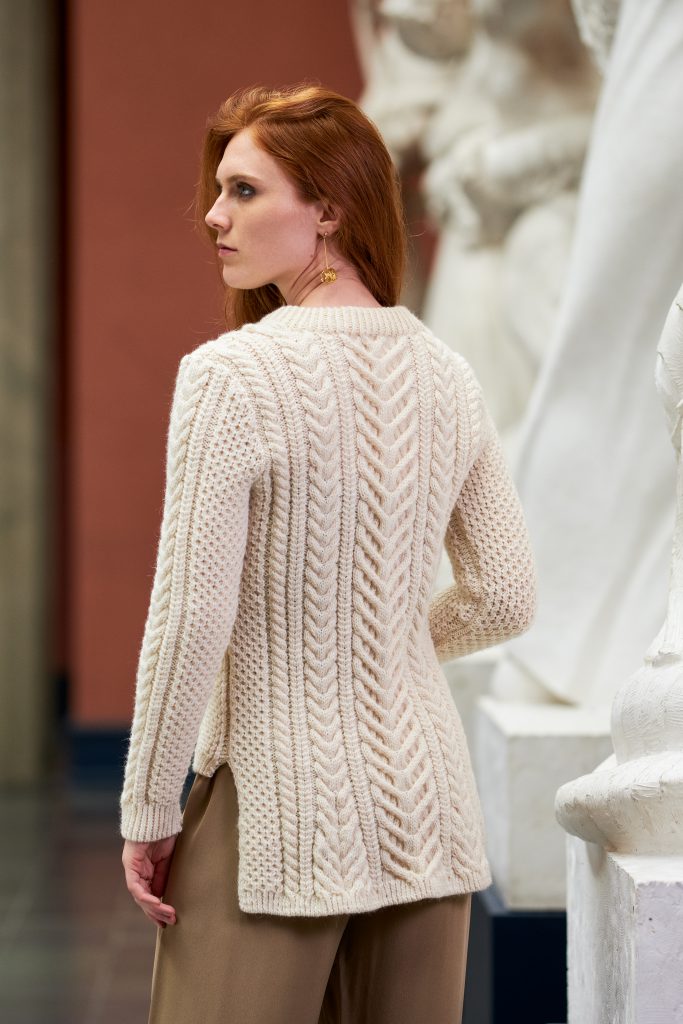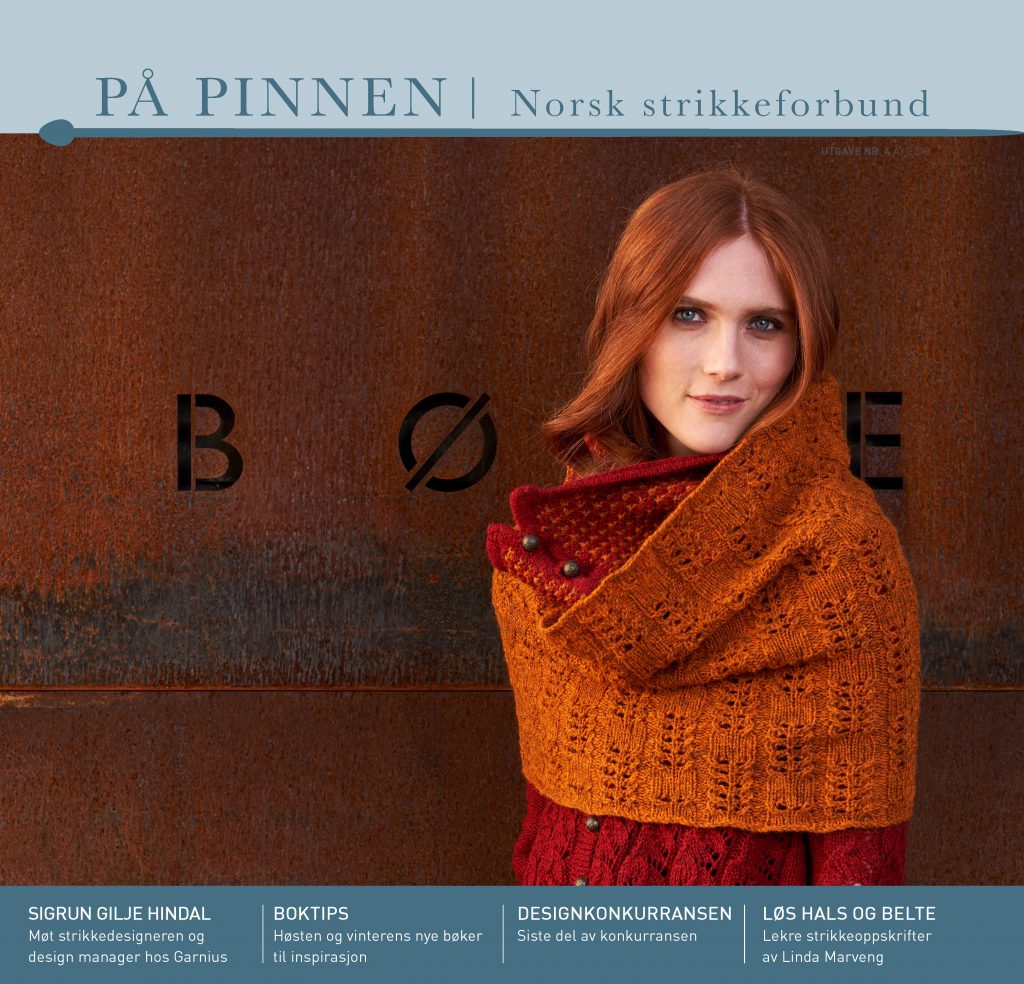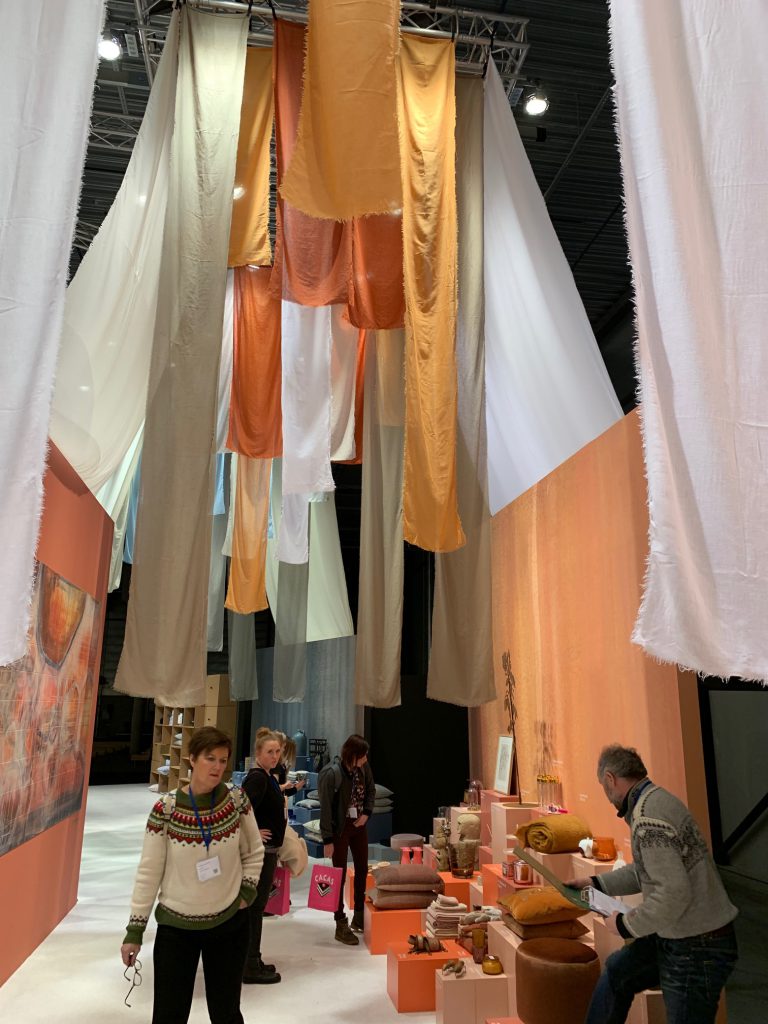 Oslo Design Fair is now only once a year in August, while the fair in January is re-named “Nordic Living” with more focus on Interiors, but both are taking place at Norway Trade Fairs at Lillestrøm (outside of Oslo). Hence Hillesvåg Ullvarefabrikk did not have a stand at this trade fair. Michael and I went on Wednesday, the opening and press day. As you can see in these photos there were less people than usual visiting the fair.
Oslo Design Fair is now only once a year in August, while the fair in January is re-named “Nordic Living” with more focus on Interiors, but both are taking place at Norway Trade Fairs at Lillestrøm (outside of Oslo). Hence Hillesvåg Ullvarefabrikk did not have a stand at this trade fair. Michael and I went on Wednesday, the opening and press day. As you can see in these photos there were less people than usual visiting the fair.
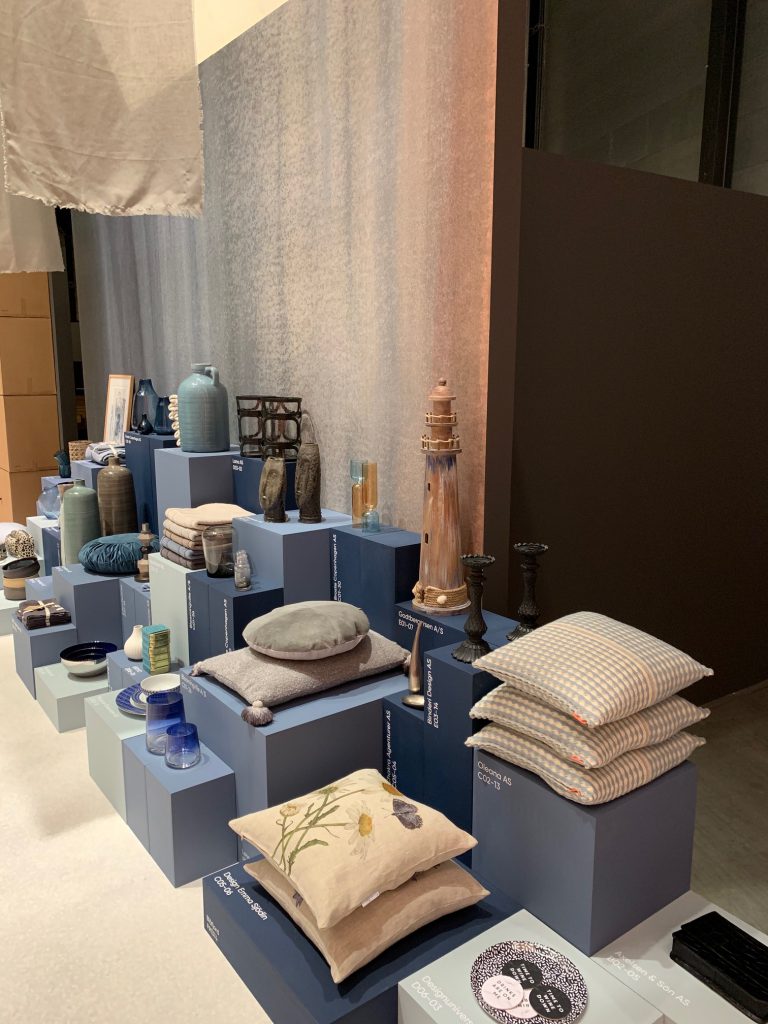 This is the main exhibition in Hall C, presenting the topic of this fair: Embracing Change. One of the quotes on the wall read: “Embracing change in all aspects of life, gives room to humanly development.” The fair’s website reveals that: “Nordic Living is directed towards lifestyle and retail. First and foremost it is a buyers’ fair with exhibitors in focus, but it will also offer a program and inspiration”.
This is the main exhibition in Hall C, presenting the topic of this fair: Embracing Change. One of the quotes on the wall read: “Embracing change in all aspects of life, gives room to humanly development.” The fair’s website reveals that: “Nordic Living is directed towards lifestyle and retail. First and foremost it is a buyers’ fair with exhibitors in focus, but it will also offer a program and inspiration”.
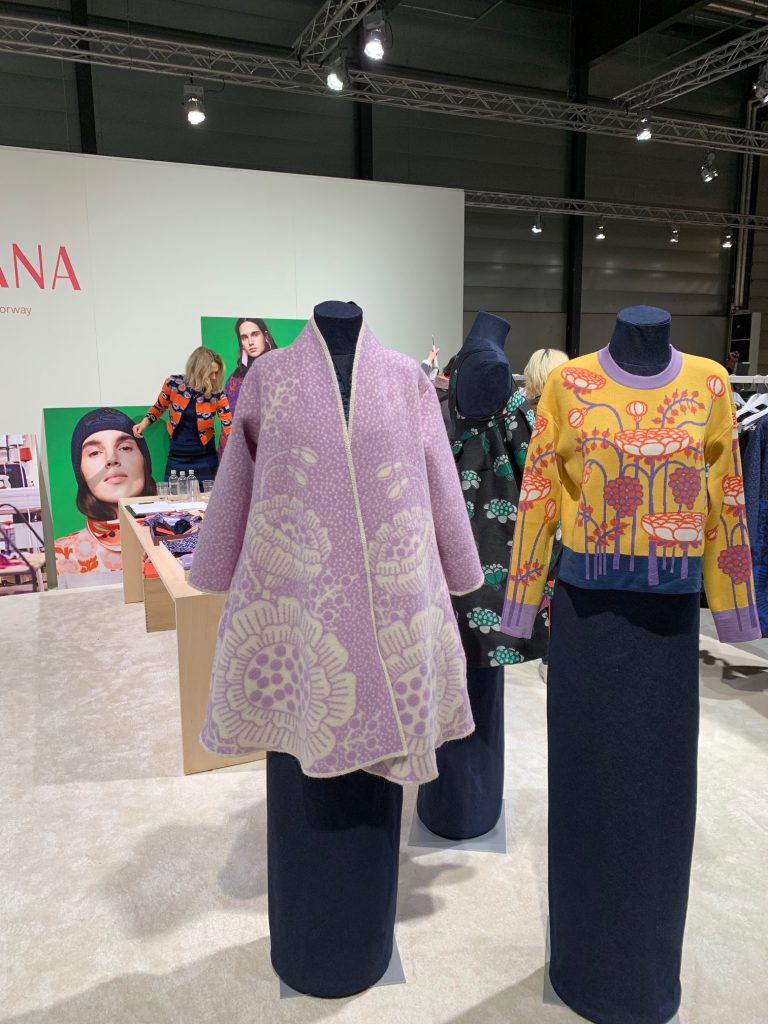 I was intrigued by the new Swedish designer who is taking over after Solveig Hisdal, who is retiring, at Oleana (and do notice where they photographed their Autumn/Winter 2018 collection). She has a very different style to Hisdal but the knitwear and the fabrics are still all made in Norway. The black dress in the background is woven in a Wool and Linen mixture, resulting in a jeans like fabric.
I was intrigued by the new Swedish designer who is taking over after Solveig Hisdal, who is retiring, at Oleana (and do notice where they photographed their Autumn/Winter 2018 collection). She has a very different style to Hisdal but the knitwear and the fabrics are still all made in Norway. The black dress in the background is woven in a Wool and Linen mixture, resulting in a jeans like fabric.
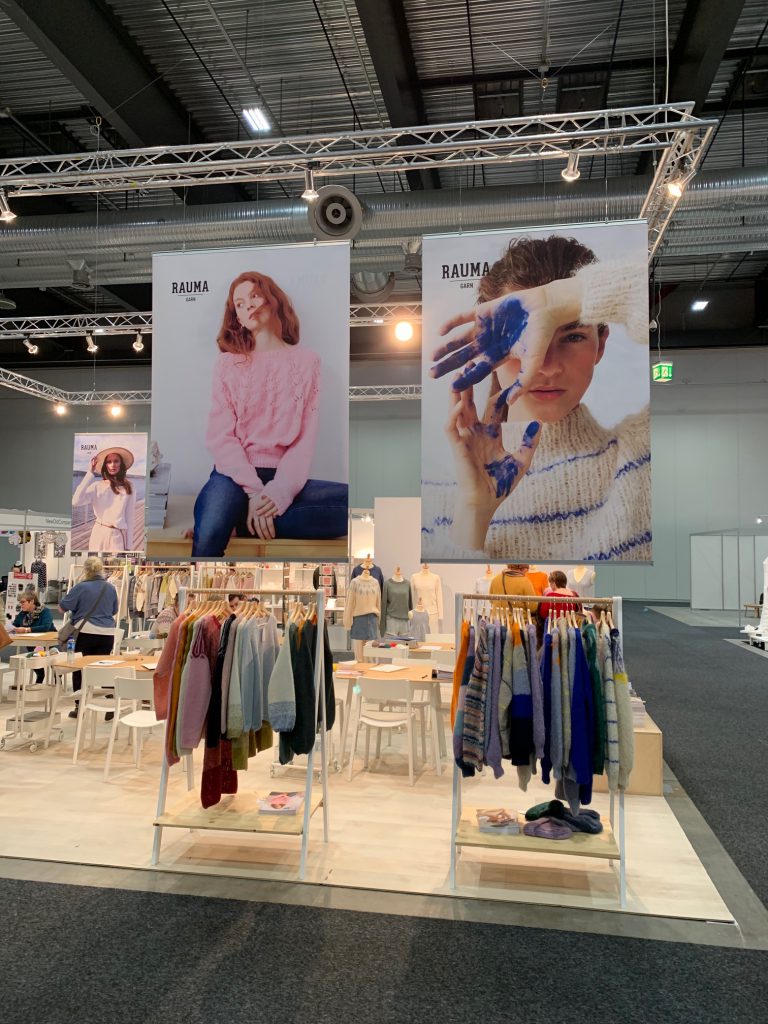 Now, in Hall B there were still a number of yarn producers: Rauma, House of Yarn, Sandnes, Permin (Danish), Cewec (Danish) and Viking Garn among others. I spoke to some of the exhibitors and find it useful to hear their take on the latest trends and their best sellers. Mohair yarn and especially thick mohair yarn knitted up into straight sweater with a bit of lace or cable and wide sleeves seemed to be The trend. To me this is a return to the 80’s and best suited for teenagers or skinny women (or in the past…).
Now, in Hall B there were still a number of yarn producers: Rauma, House of Yarn, Sandnes, Permin (Danish), Cewec (Danish) and Viking Garn among others. I spoke to some of the exhibitors and find it useful to hear their take on the latest trends and their best sellers. Mohair yarn and especially thick mohair yarn knitted up into straight sweater with a bit of lace or cable and wide sleeves seemed to be The trend. To me this is a return to the 80’s and best suited for teenagers or skinny women (or in the past…).
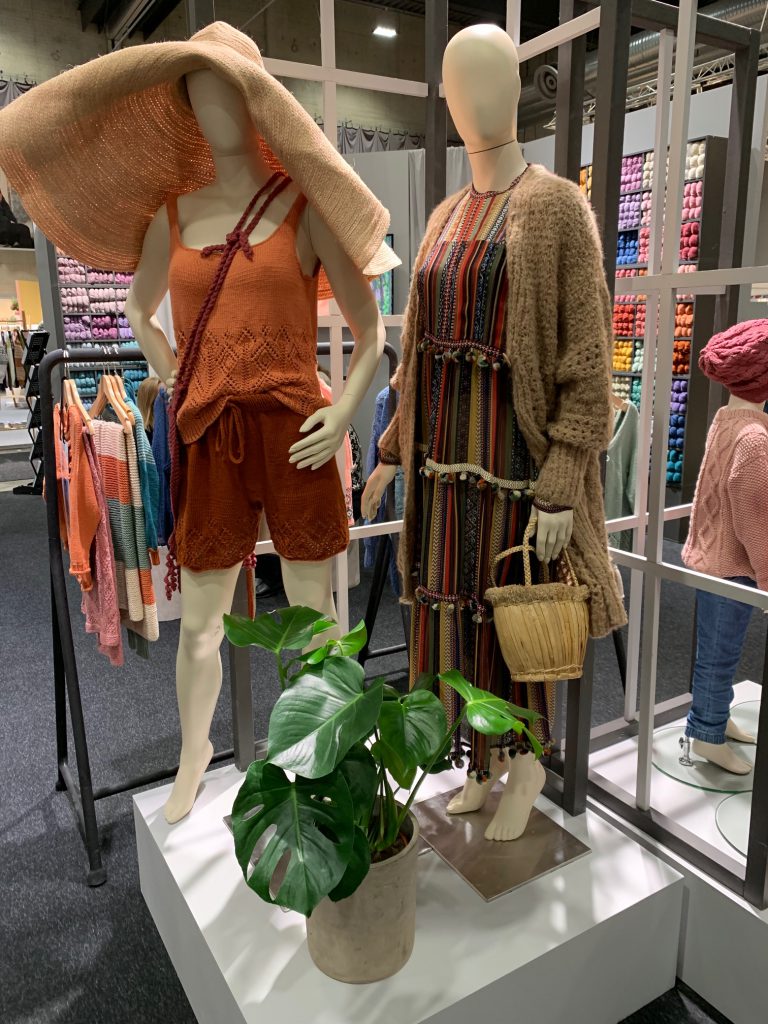 Above are some of the new designs made for House of Yarn. As usual I met up with designer and author Tove Fevang, handicraft editor for the magazine “Familien” Åse Myhrvold Egeland and designer Bente Presterud Røvik. For the first time I also met Trine Lise Høyseth, another freelance designer working a lot for House of Yarn. We all had lunch and talked about designing and the social media pressure.
Above are some of the new designs made for House of Yarn. As usual I met up with designer and author Tove Fevang, handicraft editor for the magazine “Familien” Åse Myhrvold Egeland and designer Bente Presterud Røvik. For the first time I also met Trine Lise Høyseth, another freelance designer working a lot for House of Yarn. We all had lunch and talked about designing and the social media pressure.
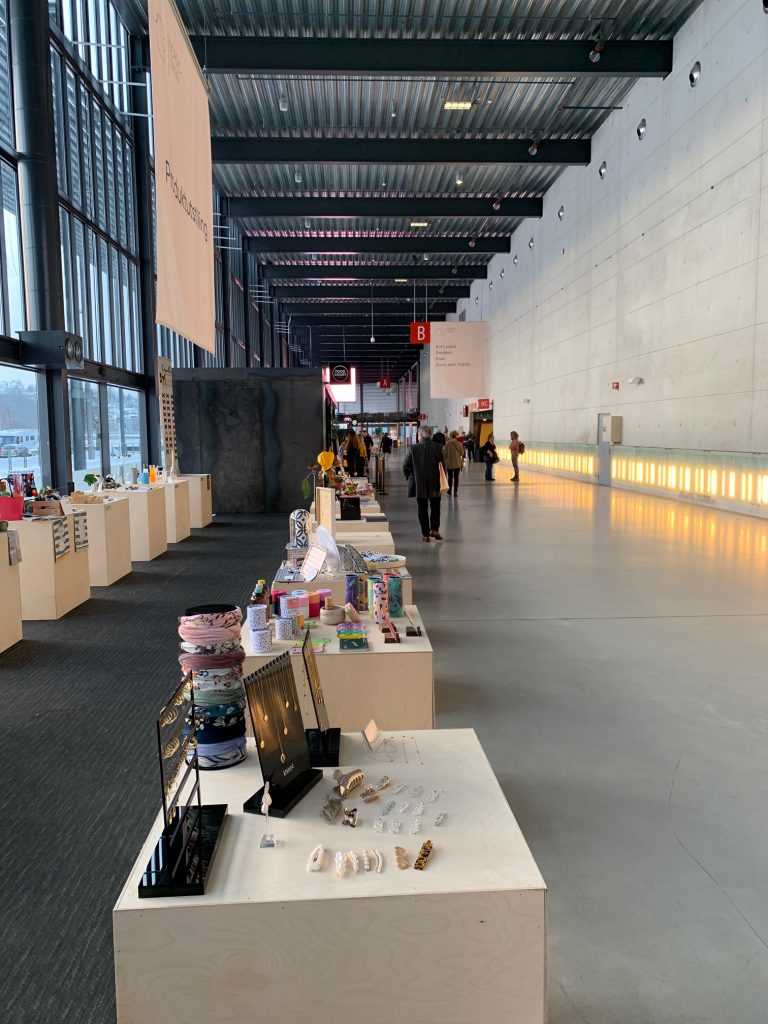 Even the product exhibition in the street with the entrance to all the halls was smaller than usual and only in one part and on one side of it. Michael and I also had a second coffee with Åse later in the afternoon before we headed off to the train station to meet friends visiting from London. I must admit that I enjoyed the fair and the opportunity to meet people I work with.
Even the product exhibition in the street with the entrance to all the halls was smaller than usual and only in one part and on one side of it. Michael and I also had a second coffee with Åse later in the afternoon before we headed off to the train station to meet friends visiting from London. I must admit that I enjoyed the fair and the opportunity to meet people I work with.

